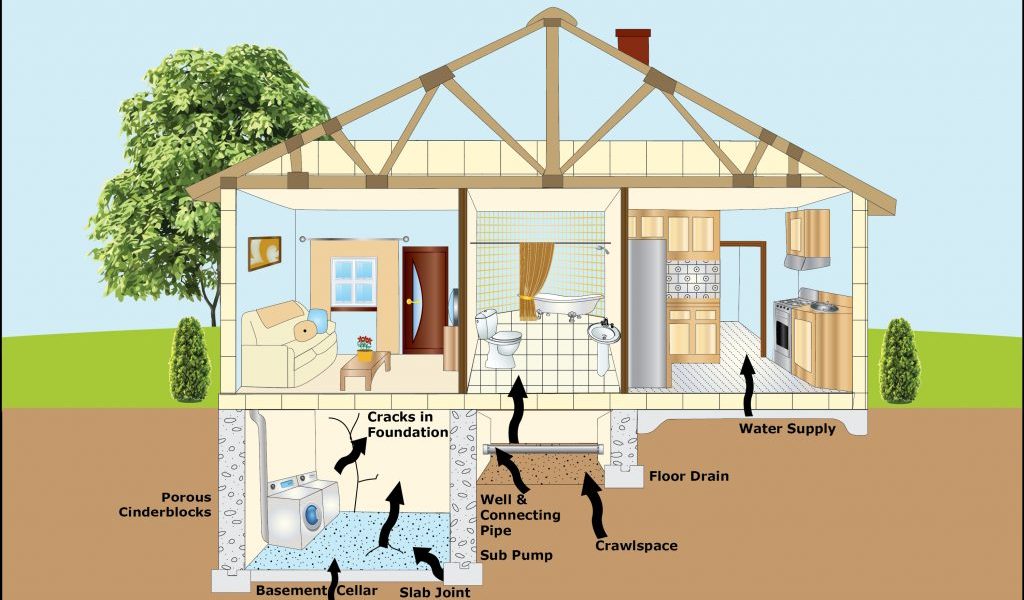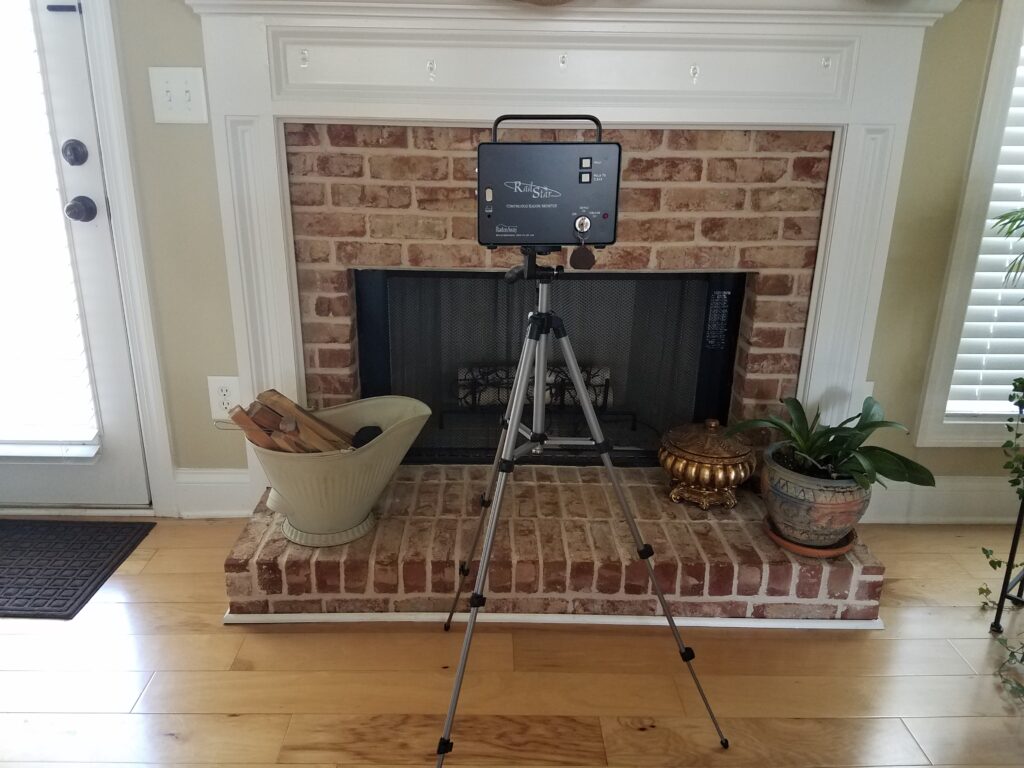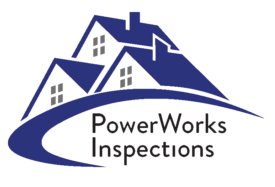Radon Testing Services in Newnan, Peachtree City, Tyrone, Senoia, and the surrounding cities.
Radon can only be detected by an experienced radon testing professional because you cannot see, smell, or taste radon. Radon testing is very important because unsafe radon levels can cause cancer and many other health issues. We at Power Work Inspections offer radon testing services with our qualified inspectors and the best equipment at our disposal.
We can detect the radon presence with a continuous radon detector from RadStar. This monitor is fully AARST-NRPP certified and uses a Radon Ionization Chamber to find the radon levels in your home. IF the radon levels are more than 4pci/L, then remediation should begin. It’s better to keep the radon levels to 2pci/L and it’s absolutely possible with current technology. So, what are you waiting for? Contact us now for radon testing services in Newnan, Peachtree City, Tyrone, Senoia, and the surrounding cities.
Professional Radon Testing Expert Newnan & Surrounding Areas
If you are looking for professional radon testing experts in Newnan and surrounding areas, then Power Work Inspections should be your go-to option. We have state-of-the-art equipment to find out the elevated levels of radon in your home. Unsafe radon levels can lead to dangerous health issues for the entire family living in your home. So, it’s suggested to get the radon testing done and ensure it’s in a recommended range which is below 2pci/L.
We are a locally owned and operated business in Peachtree City, Newnan, and surrounding areas. Whether your’s is a new home or a very old property, it’s good to get the radon testing done frequently. We thoroughly inspect your home from the roof to the basement to find the radon levels. For professional radon testing in Newnan and surrounding areas, Contact Power Work Inspections and schedule your testing now.
Surgeon General has warned that radon is the second leading cause of lung cancer in the United States today. Only smoking causes more lung cancer deaths.
Having a short-term continuous radon test is a critical part of your home buying investigative process.
Having Radon Testing performed during your due diligence period provides you with health and safety information about this home and also if needed, the cost of mitigation can be considered in the purchasing process. We perform Radon Testing for homes throughout Coweta and Fayette County.

I test for the presence of Radon with a continuous radon detector from RadStar. This monitor is fully AARST-NRPP certified, and uses a Radon Ionization Chamber, to precisely calculate the radon level.
During radon testing, the monitor is set up on the lowest, level of the home, and runs for 48 hours after this area has been closed off for 12 hrs prior. The monitor collects an hour by hour average of the radon concentration level in the home. The 48 hour average of the hour by hour readings, will be presented in an easily understood report.

Radon Testing Available.
Test your home today!
- Radon levels are measured in Picocuries per liter – pCi/L.
- Remediation should begin if your radon level is 4 pCi/L or higher.
- Radon levels less than 4 pCi/L still pose a risk, and in many cases may be reduced.
- Most homes through current technology can be reduced to 2 pCi/L.
Radon Testing is the only way to know if you and your family are at risk from radon.
EPA Map of Radon Zones
The following radon data is collected from the EPA’S Radon Map Data. This map is only an average and should not be used as a replacement for your home’s radon testing. Individual homes can vary in radon levels within the same geographical area. Testing is the only way to know if you and your family are at risk from radon.
| Zone 1 counties have a predicted average indoor radon screening level greater than 4 pCi/L (pico curies per liter) (red zones) | Highest Potential | |
 |
Zone 2 counties have a predicted average indoor radon screening level between 2 and 4 pCi/L (orange zones) | Moderate Potential |
 |
Zone 3 counties have a predicted average indoor radon screening level less than 2 pCi/L (yellow zones) | Low Potential |


